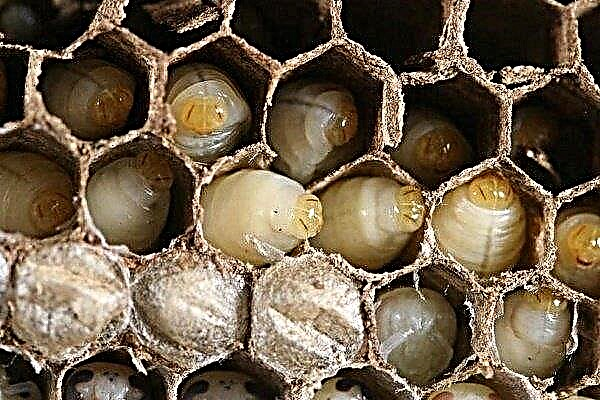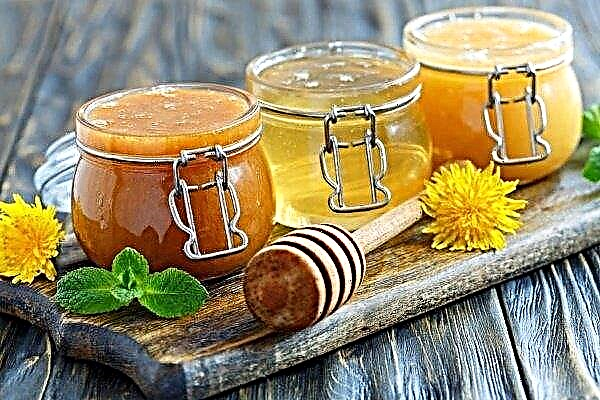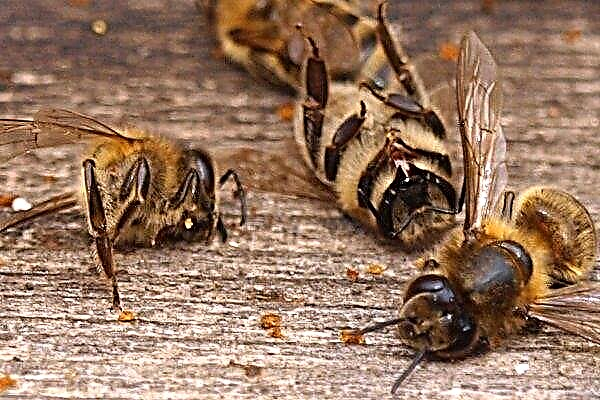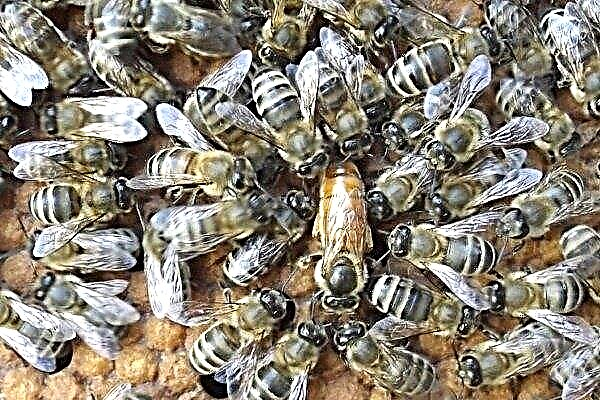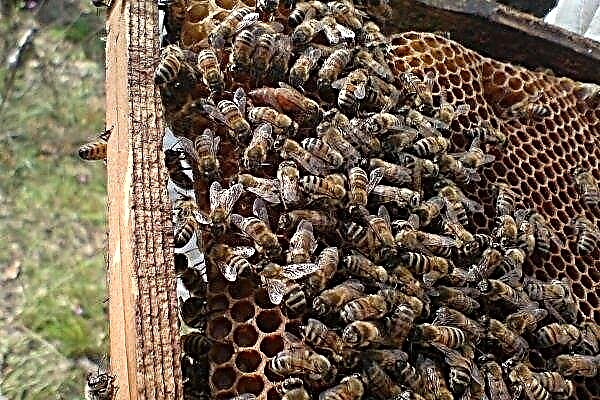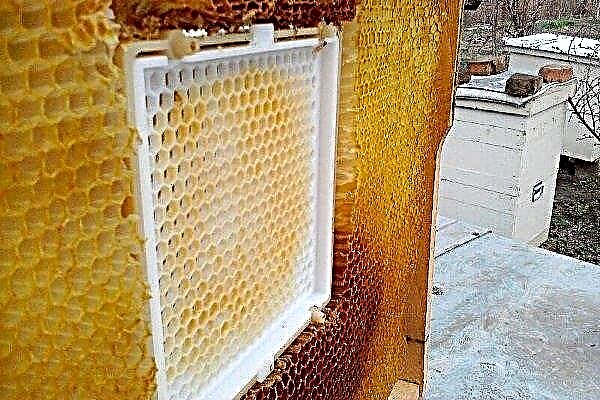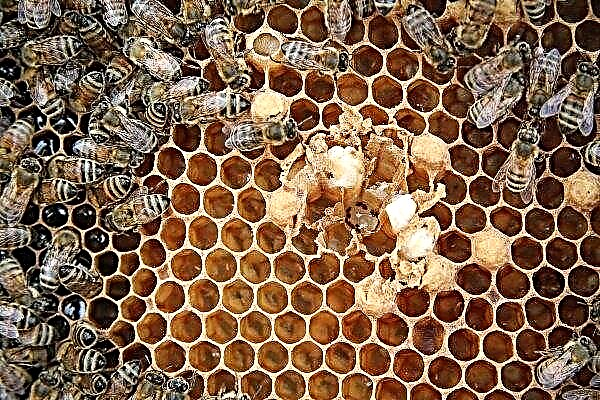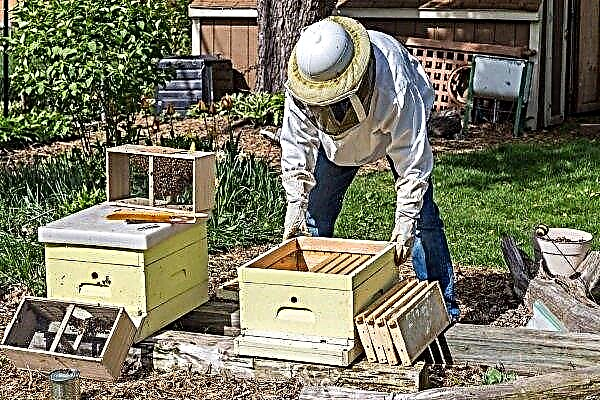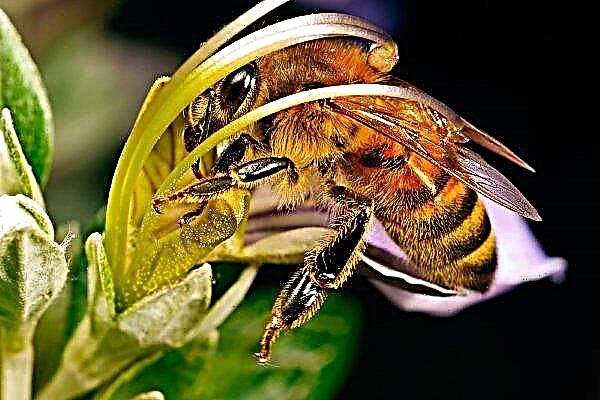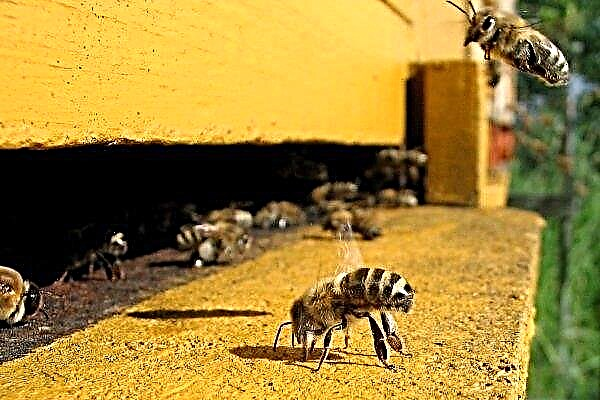Copyright 2024 \ Farm meridian
Bee larva: features, development and care
The bee larva is not at all like an adult bee. She, unlike the aggressive and hardworking melliferous, is completely inert and defenseless. Being at different levels of the food chain, adults and larvae consume different resources, so they are not rivals in matters of food. Structure...
What are the varieties and types of honey?
Varieties of honey - a great variety. Even more than melliferous plants. Each type of honey has its own taste, color, smell and healing effect. This natural product replaces sugar that is harmful to the body and becomes an excellent tool in the treatment of various diseases. Popular varieties of honey Some varieties of honey can...
What bee diseases should beekeepers be wary of?
Healthy bees are not only a factor that undoubtedly contributes to the appearance of a large amount of quality honey, but also a guarantee for the beekeeper’s peace of mind. He definitely needs to know if the bee family is sick, and what to do in cases where little toilers are sick. Non-communicable diseases of bees Non-communicable diseases...
Bee breeding methods: natural and artificial
Reproduction is an important part of the life of insects. In beekeeping, the study of the stages, methods and forms of reproduction of bees helps to preserve and effectively increase the population of bees in the development of an apiary. We will tell you how, using special knowledge, you can influence the natural processes of life...
Buckfast bees: breed description and content rules
The bee got its name in connection with the English origin - for the first time the bees appeared in the abbey of the same name. The breed is by far one of the most popular among beekeepers, despite its high cost. General characteristics of the breed The individuals of the breed Bakfast have a number of characteristics,...
Genter's honeycomb: pros and cons, rules of use, self-manufacturing
The generic honeycomb is a unique device in beekeeping. It was invented by the German beekeeper and scientist Karl Genter, at the end of the 20th century. The device facilitates the removal of uterus and provides several other advantages. You can make a cell on your own with a minimum of cost. Design features Dzhentersky...
The main signs of ascospherosis of bees and the method of treatment of the disease
Ascospherosis is a disease of bees, which also has another name - lime brood. The peculiarity of the pathology is that adult insects carry the pathogen, while they themselves remain healthy. Additionally, gradual insemination of apiary is noted, which can lead to...
How to transplant a bee family from a bee package to a hive?
Each bee package contains a full-fledged bee colony, which has all the resources for harvesting already in the first season. Bees should be planted in the hive according to certain rules, given its type - cellular or cell-free. Be sure to properly prepare for the process and provide proper care....
Breed "northern bee": features of breeding and honey
The name of the bee breed "northern bee", in fact, does not indicate the territory of their habitat. But all the regions where northern bees are bred are due to cold and long winters. Previously, the breed was called Central European, Forest and Central Russian. More about the breed and why its honey is considered unique...
Causes, signs and methods of combating theft of bees
Bee theft is a fairly common problem. Beekeepers need to carefully monitor the apiary, especially in spring and autumn, when bees have nowhere to get honey from. Most often, this problem concerns young bezelless families that lack an organized nest structure....

